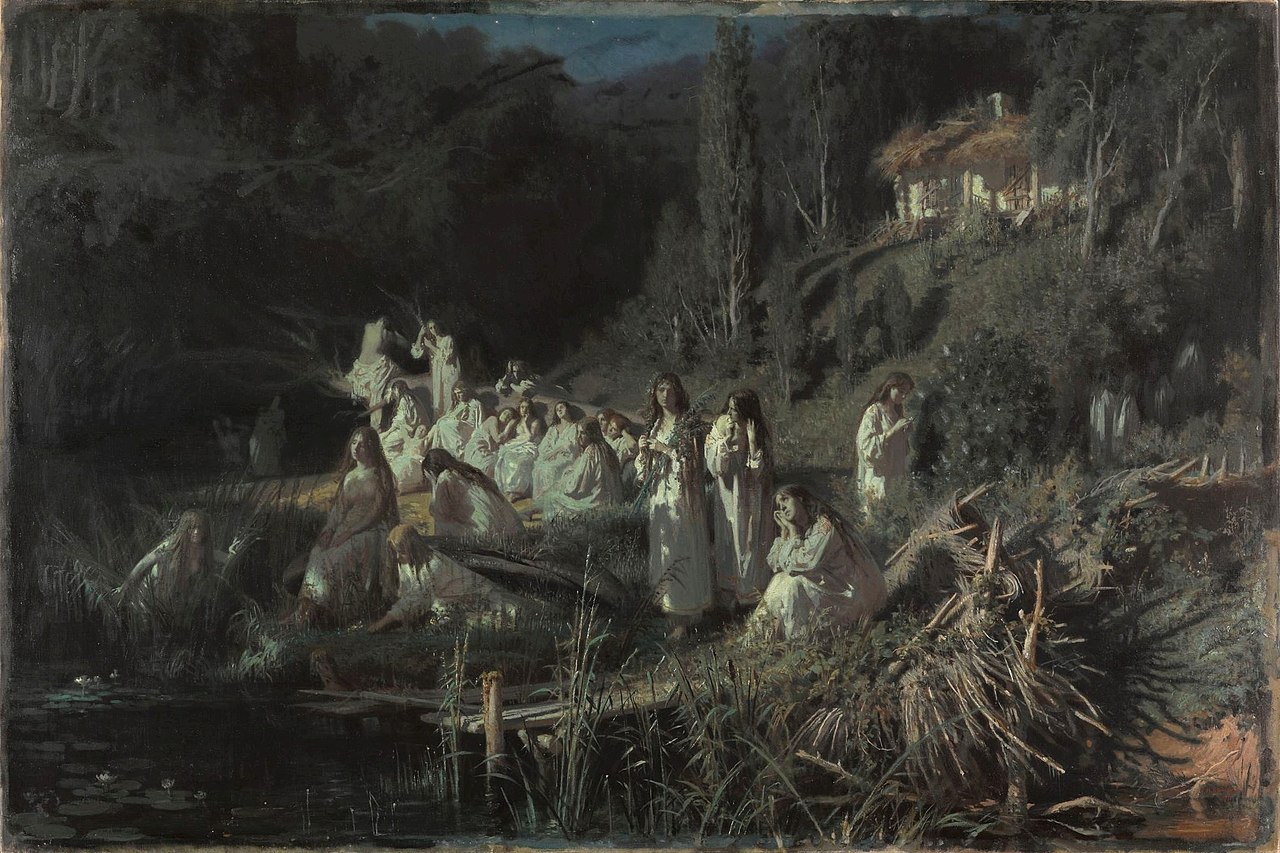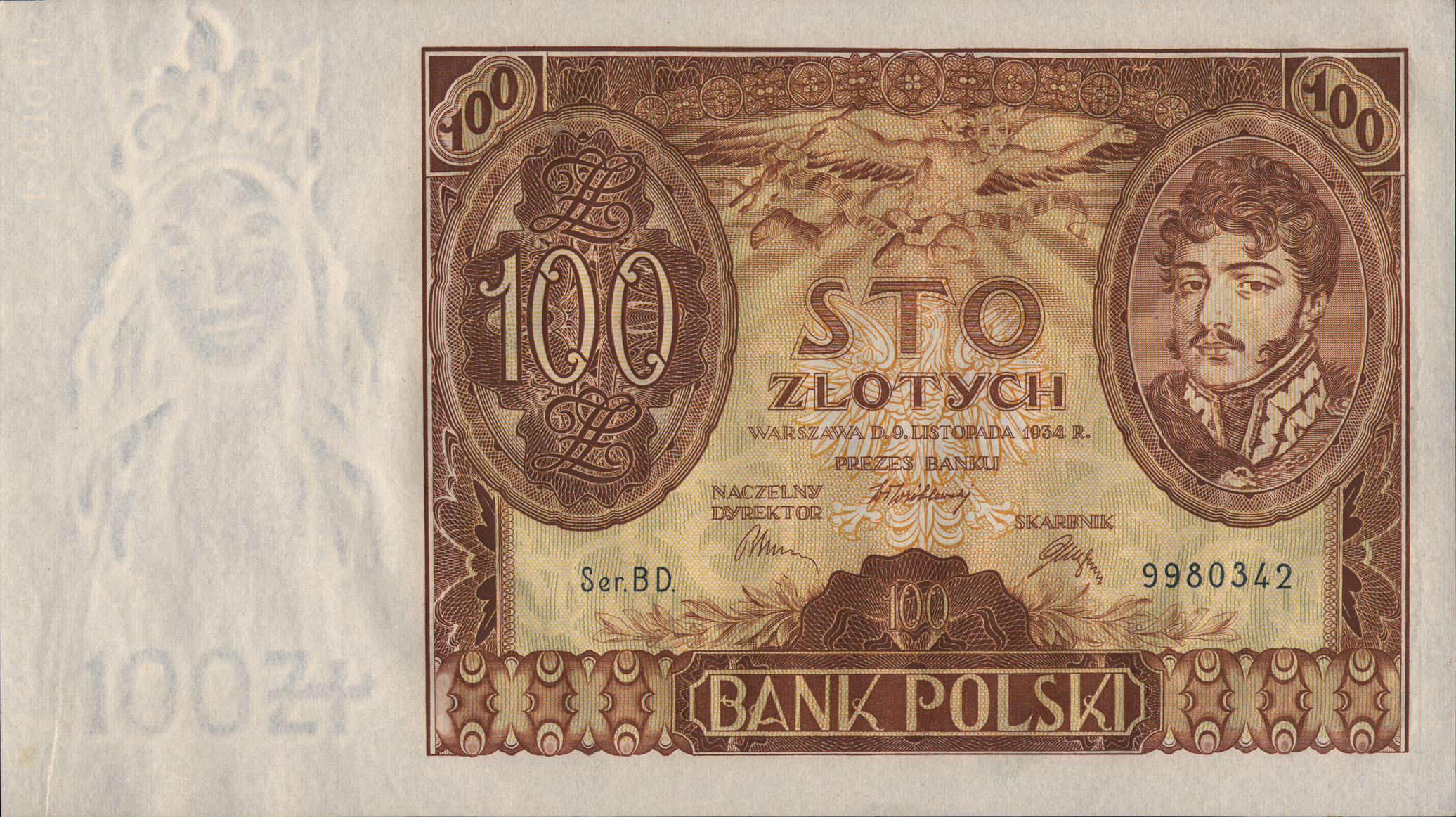Łukasz Kozak attempts to unearth the actual beliefs and lived experiences of people excluded from traditional historiography from the baggage of literary fiction, religious persecution, and academic prejudice, showing that fictional monsters were real people.
Polish folklore, especially its more esoteric and mystical parts, has been experiencing a massive revival of interest in recent years. From the worldwide success of The Witcher video games, TV series, and Andrzej Sapkowski’s books they are based on, to a more questionable realm of pseudohistorical research into the pre-Christian history of Poland. However, Eastern European folklore, especially the vampire, has been a source of inspiration for literature and pop culture of the wider world since the 18th century.
Upiór is a Polish word used to label various supernatural phenomena in Eastern European beliefs, synonymous with Strzyga, Wieszcz, and many other local varieties. In its most common form, it can describe either an undead body causing harm to the local populace or a living person with supernatural powers, one of which is detecting its deceased counterpart. Tales of the dead rising from the grave to drink blood and kill people from the recently annexed Serbia spread across the Austrian Empire in the 18th century, giving rise to the literary creation known as a Vampire.
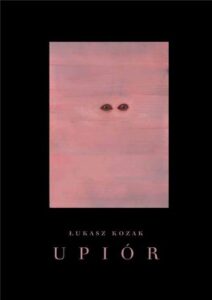
Author: Łukasz Kozak
Publisher: Evviva L’arte, 2021
Just as the Serbian tales inspired Polidori to write “The Vampyre,” Kozak dedicates part of his book to showcase the influence Polish upiórs had on romantic Polish writers’ literature and drama. He points to Adam Mickiewicz, called a wieszcz (prophet) of Polish culture by the critics, as the one responsible for transforming the upiór from a lowly superstition of the peasants that should not be mentioned in polite society to a symbol of Polish culture. Curiously, wieszcz is also a Kashubian word for an upiór, and disinterred remains of Mickiewicz transported to Kraków in 1890 were blamed for unusual weather patterns by the local peasantry.
From the book’s very beginning, the author is critical of the way various authors have treated folk beliefs. While most of his ire is directed at those researchers who dismiss their importance or outright attack them as peasant superstition not worth studying, he also has some poignant criticism of those who attempted to write about them. An advocate of an anthropological approach, he decries attempts at rationalizing and deducting the underlying causes of people’s beliefs in the undead, like mass hysteria or misinterpretation of post-mortem changes to the body. Instead, he finds that accurate representation of their stories is more important than practicing dubious pathology.
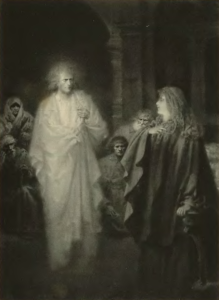
Another danger of over-interpretation lurks in the realm of ‘Slavic mythology.’ As Łukasz Kozak rightly points out, there is no such thing as pre-Christian mythology common to the entirety of the Slavic people. However, since the Renaissance, the need for a local counterpart to the classical myths and pantheons has been constant. Many authors since then attempted to create it using contemporary folk beliefs as the backbone of their research, producing disjointed demonologies that combined creatures from different times and places into connected systems.
Kozak claims his book is an attempt at anti-mythology. In this pursuit, he methodically tries to live up to the subtitle of the book. Using extensive and varied source material, he creates a taxonomy of the various upiórs, their behaviors, bodies, and methods of fighting them, without comparing or overanalyzing them and consistently placing them in a specific region and time. The author also dedicates an entire chapter to the living upiórs, with some living in symbiosis with their neighbors and others who suffered horrific fates, not unlike witch hunts happening in the rest of Europe.
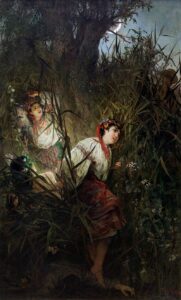
A point has to be made about the curious publishing decisions around the book. Łukasz Kozak wrote it concurrently to “With Stake and Spade. Vampiric Diversity in Poland” [With Stake and Spade. Vampiric Diversity in Poland | Sklep Fundacji Bęc Zmiana (beczmiana.pl)], a collection of source materials, including scholarly works, court documents, and newspaper articles relating to Polish upiórs. While that book was released solely in English, “Upiór” remains untranslated. It creates a confusing dissonance. While the Polish reader is provided the context and some examples of source materials in the annex, to get the information from the extended anthology compiled by the author, he has to find the sources contained within it on his own. Conversely, the English reader is in an even worse position, as he is provided ample source material, but only scant context to place it in without having read the “Upiór.” In addition, he has little to no ability to get that information on his own. It does not, by any means, invalidate either of the books but presents merely a missed opportunity to provide a more holistic picture to both audiences.
“Upiór. A Natural History” brings to light the forgotten history of the forgotten people. It fits into the recent commendable trend of telling the peoples’ story, rather than that of the rulers, generals, politicians, artists, and scientists. Kozak’s approach to telling stories of the excluded – often mischaracterized or overanalyzed in the past – is to let them and those around them speak for themselves, providing merely a platform and a historical context to what they are saying.
Author: Michał Steńko
Translation: Alicja Rose & Jessica Sirotin

